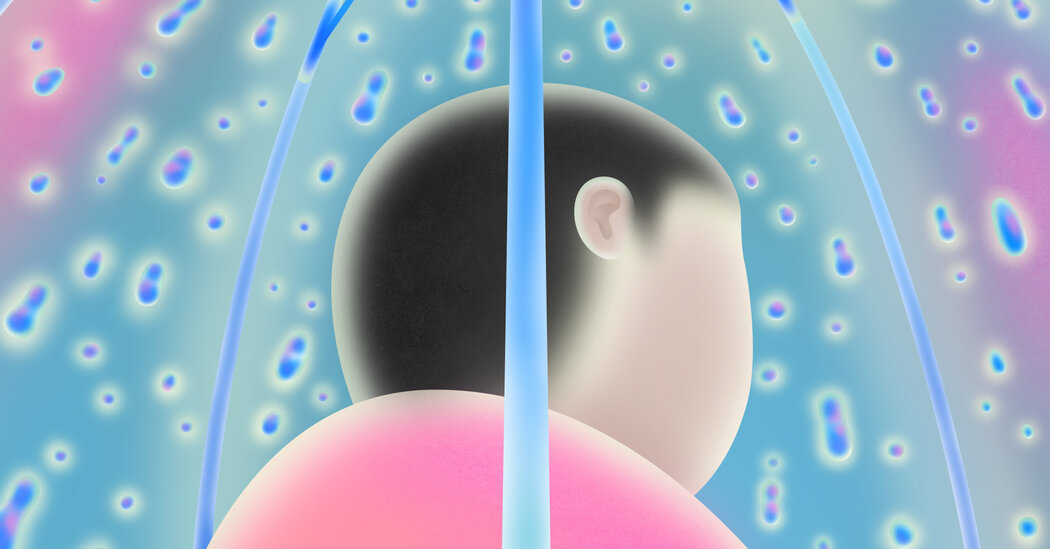Agents are showing up unannounced to interview minors in what the government calls “wellness checks.” Critics see the visits as part of the immigration crackdown.For more than a decade, unaccompanied children fleeing hardship have journeyed north from Central America and crossed the Mexico-U.S. border. Many of them have been allowed to stay in the United States, and the government has spared most of them the full weight of immigration enforcement.Under the Trump administration, more of those children are coming face to face with federal agents.From New York to Hawaii, agents have been showing up unannounced at schools, homes and migrant shelters to interview the children.The Trump administration has called these surprise visits “wellness checks” intended to ensure that the children are enrolled in school and being properly cared for. But the agents conducting the visits are not social workers or child welfare specialists, nor are they labor inspectors or truant officers. Rather, the agents are primarily from Homeland Security Investigations, a specialized unit of Immigration and Customs Enforcement that combats drug and weapons smuggling, cybercrimes and financial crimes.When federal agents looking for children arrived unannounced at two Los Angeles elementary schools last month, they were turned away.“ My very first question starts there,” the superintendent of the Los Angeles Unified School District, Alberto Carvalho, said at a news conference. “What interest should a Homeland Security agent have in a first grader or a second grader? A third grader or a fourth grader, for that matter?”Children who arrive in the United States alone have long faced risks, and as their numbers surged, concerns about their well-being have grown. Most of the minors are living safely with family members, but some have fallen prey to labor traffickers and other exploitation.We are having trouble retrieving the article content.Please enable JavaScript in your browser settings.Thank you for your patience while we verify access. If you are in Reader mode please exit and log into your Times account, or subscribe for all of The Times.Thank you for your patience while we verify access.Already a subscriber? Log in.Want all of The Times? Subscribe.
Read more →




